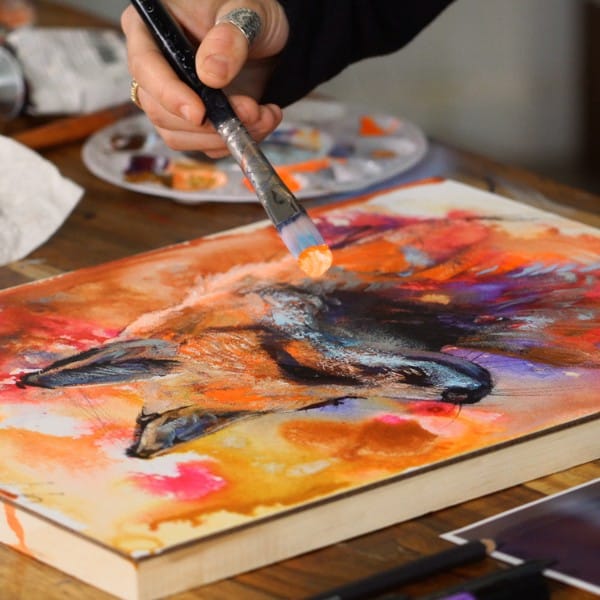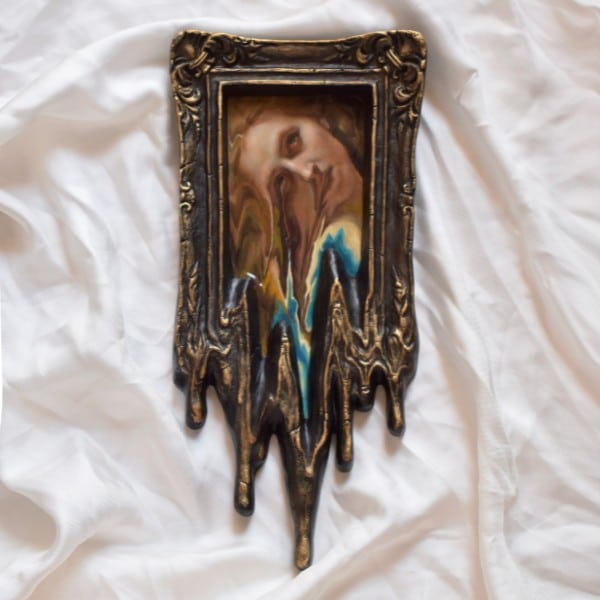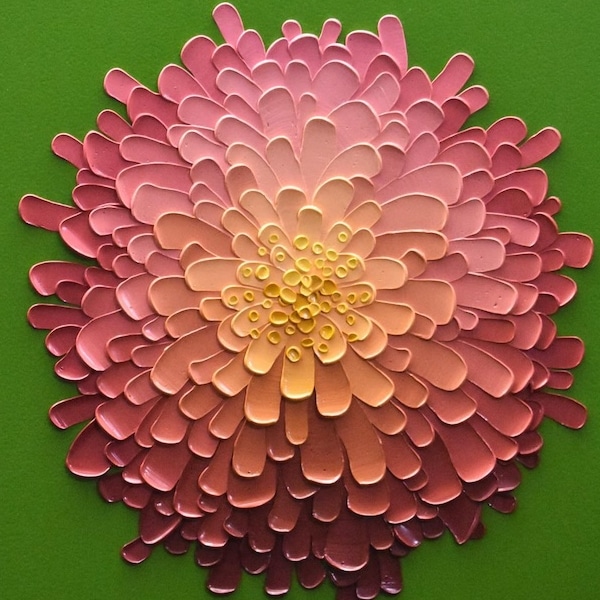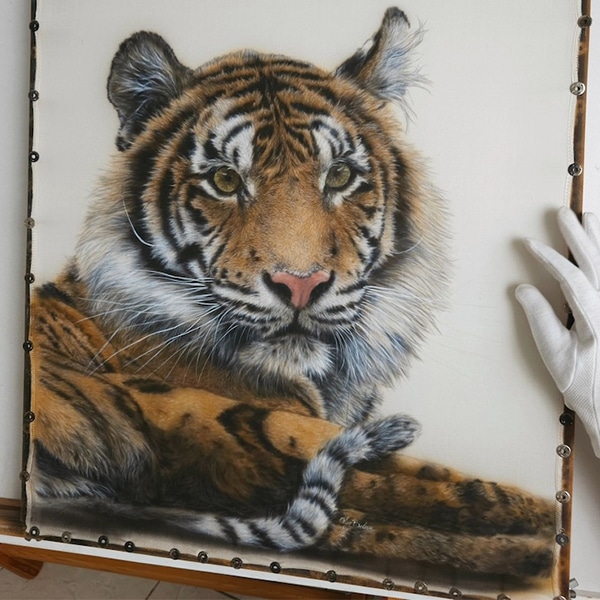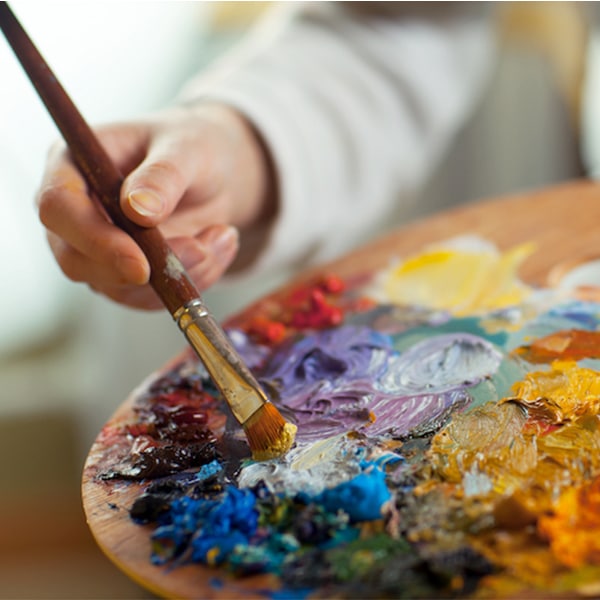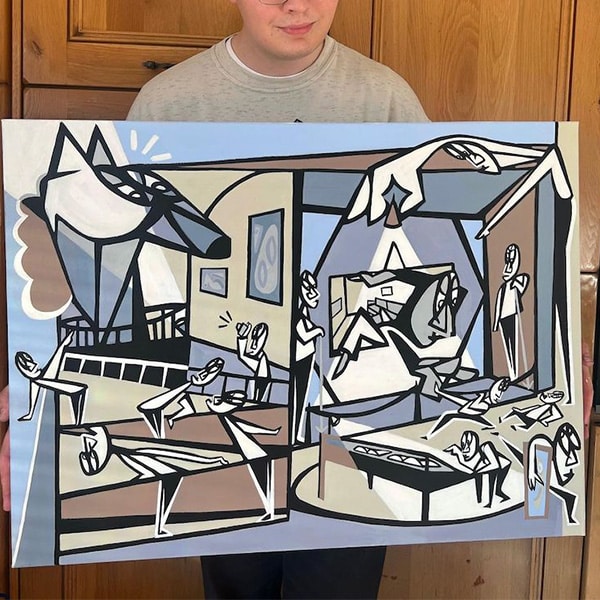More Techniques for Painting with Acrylics
Sponging
Dabbing paint using a sponge will create textural effects that can't be achieved by a brush. Investing in a good sponge set will give you different textures you can play with in order to create a sense of movement in your work. Working in layers, sponging will subtly blend together colors and bring depth to the canvas.
Impasto
Just like frosting a cake, impasto involves layering on a thick amount of acrylic and spreading it with a palette knife. The result is a painterly, three-dimensional look that dries fast enough for you to be able to layer different colors. Heavy body acrylics are perfect for impasto and you can also try experimenting with gel mediums for enhanced thickness.
Sgraffito
Derived from the Italian word “to scratch,” sgraffito is a technique that is especially popular in pottery and wall painting, but can be used on canvas. The technique works by putting a base color down and allowing it to dry before painting a contrasting layer. While the second layer is still wet, a tool—often the end of your paintbrush—can be used to scratch the surface, exposing the bottom layer. If you want to have more time to work the wet layer, it's possible to add a medium that will extend drying time.
Underpainting
Underpainting is a technique where an image is sketched in paint directly on the canvas, rather than using a pencil. The underpainting is generally completely painted over so that it isn't visible in the final product. By using colors that contrast with your final color palette, the underpainting will create texture and depth. The underpainting is also an excellent way to test out your composition before fully committing.
Glazing
Glazing is achieved by using very thin layers of color in order to build up depth and complexity. Glazing can also help create light and brightness, particularly in landscapes. You'll want to thin down your paint either with a small amount of water or glazing medium to achieve the desired result.
Scumbling
Scumbling is a technique that has a long history. Masterful painters like J.M.W. Turner and Claude Monet used scumbling to create smoky effects and subtle blends of color. Scumbling involves using broken layers of paint so that bottom layers shine through. Using a dry brush or cloth, rub small quantities of paint over a dry layer, which exposes the color underneath. Medium and heavy body paints work best for the technique. It's key that layers are dry as you continue to scumble, otherwise they'll blend together and ruin the effect!
Related Articles:
What Is the Difference Between Acrylic vs Oil Paint?
10 Essential Watercolor Techniques All Painters Need to Know
8 Essential Colored Pencil Techniques That Every Artist Should Know
7 Innovative Painting Techniques That Don’t Require a Paintbrush
New to Drawing? Make Sure You Know These Basic Techniques Before You Start











































































